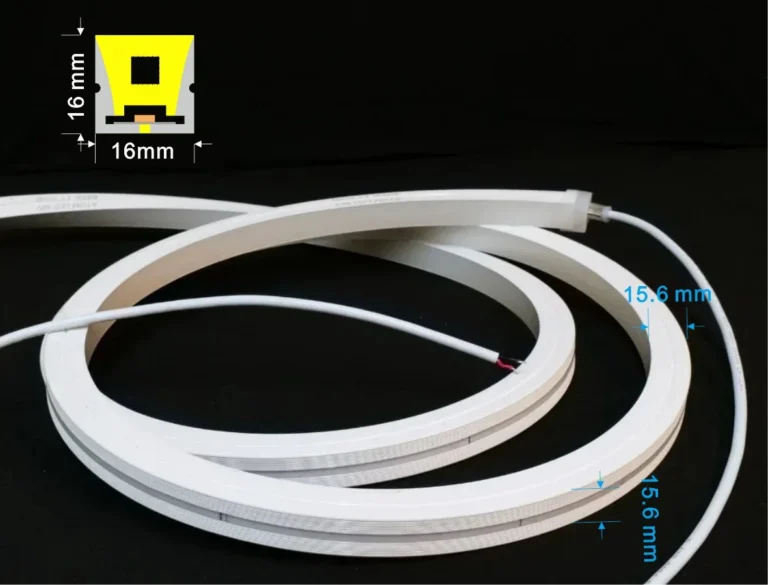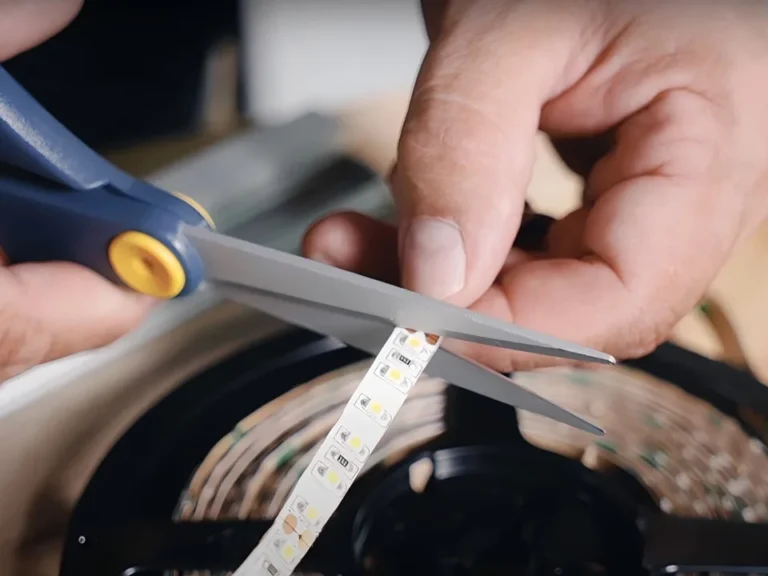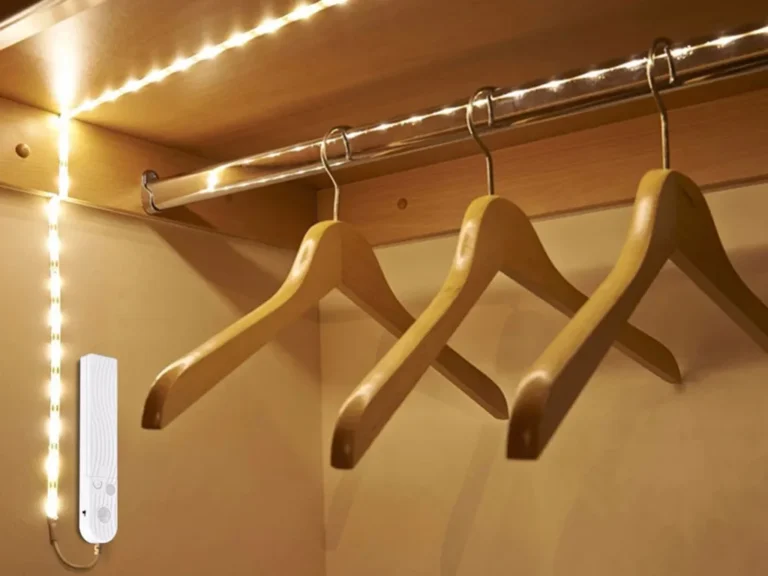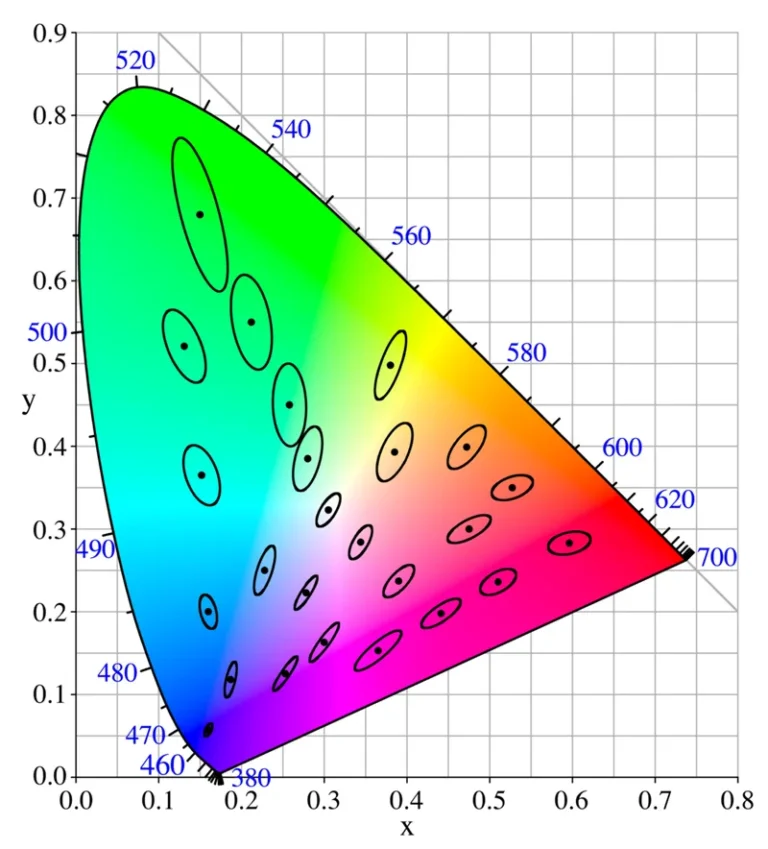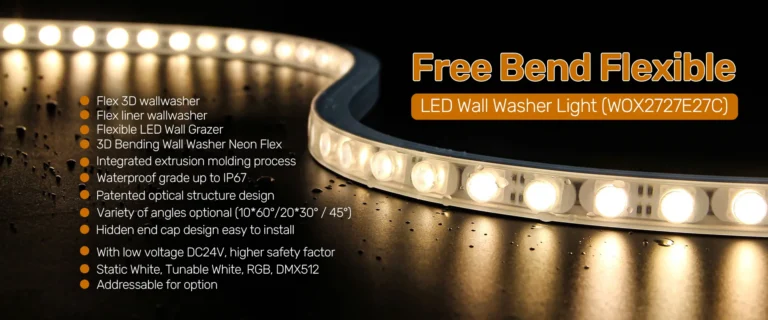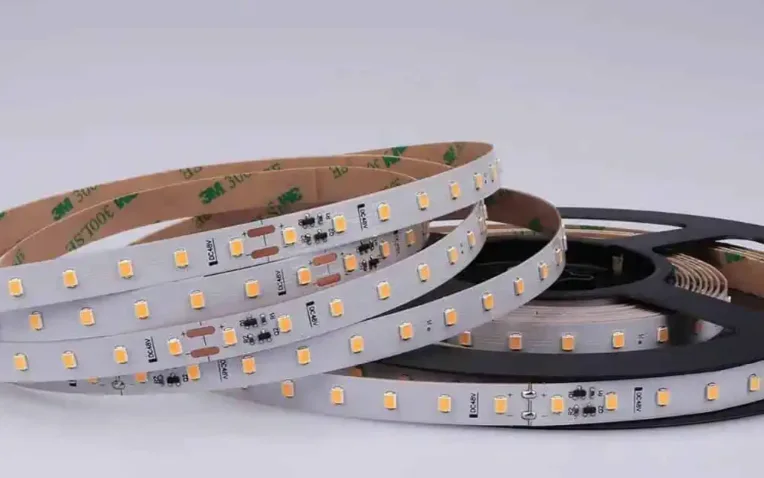Çok yönlülüğü ve yüksek verimlilikleri nedeniyle LED şerit ışıklar konut, ticari ve endüstriyel aydınlatma senaryolarında yaygın bir popülerlik kazanmıştır. Ortam aydınlatmasından yüksek renk oluşturma indeksi (CRI) fonksiyonel aydınlatmaya kadar, tasarımcılar ve mühendisler arasında popüler bir seçim haline geldiler.
Bununla birlikte, pratik kullanımda, LED şerit ışıkların sayısız avantajına rağmen, özellikle gecikmelere ve maliyet aşımlarına yol açabilecekleri büyük ölçekli ticari projelerde, belirli ortamlar için performanslarını ve uygunluklarını etkileyebilecek bazı potansiyel dezavantajlar da vardır.
Signliteled'de müşterilerimize en iyi LED aydınlatma çözümlerini sunmayı taahhüt ediyoruz. Bununla birlikte, LED ışık şeritlerinin potansiyel dezavantajlarını anlamak, bilinçli kararlar vermek için çok önemlidir. Bu blog yazısında, LED ışık şeritlerinin eksilerini, temel nedenleri ve seçim ve iyileştirme yoluyla riskleri nasıl azaltacağınızı ve daha bilinçli kararlar vermenize yardımcı olacağız.
LED şerit ışıkların dezavantajları
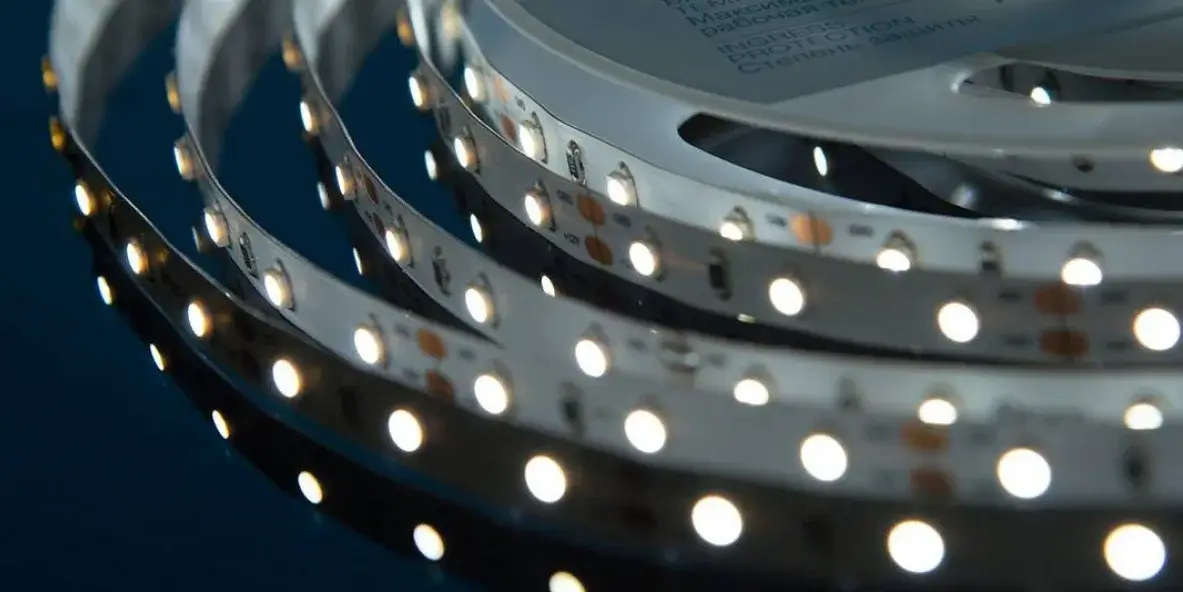
LED şerit ışıklar, enerji verimliliği ve çok yönlülük gibi sayısız avantaj sunarken, potansiyel dezavantajlarını dikkate almak ve kabul etmek de önemlidir. Ne olursa olsun, bir yatırım yapmadan önce iyi alışkanlıklar geliştirmeniz ve LED şerit ışıklarının tüm yönlerini iyice incelemeniz tavsiye edilir. Şimdi LED şerit ışıklarının bazı dezavantajlarını inceleyelim.
Yüksek başlangıç maliyeti
LED ışık şeritlerinde kullanılan gelişmiş üretim teknolojisi ve malzemeler nedeniyle, ön maliyetleri genellikle akkor veya floresan lambalar gibi geleneksel aydınlatma çözümlerinden daha yüksektir. Ek olarak, LED ışık şeritlerinin kalitesi, watt başına daha yüksek lümen veya daha iyi renk oluşturma gibi gelişmiş performansla artar. LED ışık şeritleri, gelişmiş enerji verimliliği ve uzun ömür sayesinde maliyetten tasarruf sağlarken, ilk yatırım bazı tüketiciler için bir engel olabilir.
İyileştirme Önerileri: Proje gereksinimlerinizi karşılamak için diğer kanallar aracılığıyla daha düşük maliyetli LED ışık şeritleri elde edebiliyorsunuz, bu ışık şeritlerinin ışık çıkışı kalitesi, güvenlik, kullanım ömrü ve müşteri deneyimi açısından daha fazla soruna ve riske neden olması muhtemeldir.
Bu nedenle, toplu satın alma yoluyla ilk maliyetleri azaltmak için LED Strip fabrikasına doğrudan üreticilerle işbirliği yapmayı düşünebilirsiniz. Bu, güvenlik veya proje sonuçlarından ödün vermeden daha rekabetçi fiyatlarla yüksek kaliteli ürünleri elde etmenin en iyi yoludur.
Isı dağılımı hassasiyeti
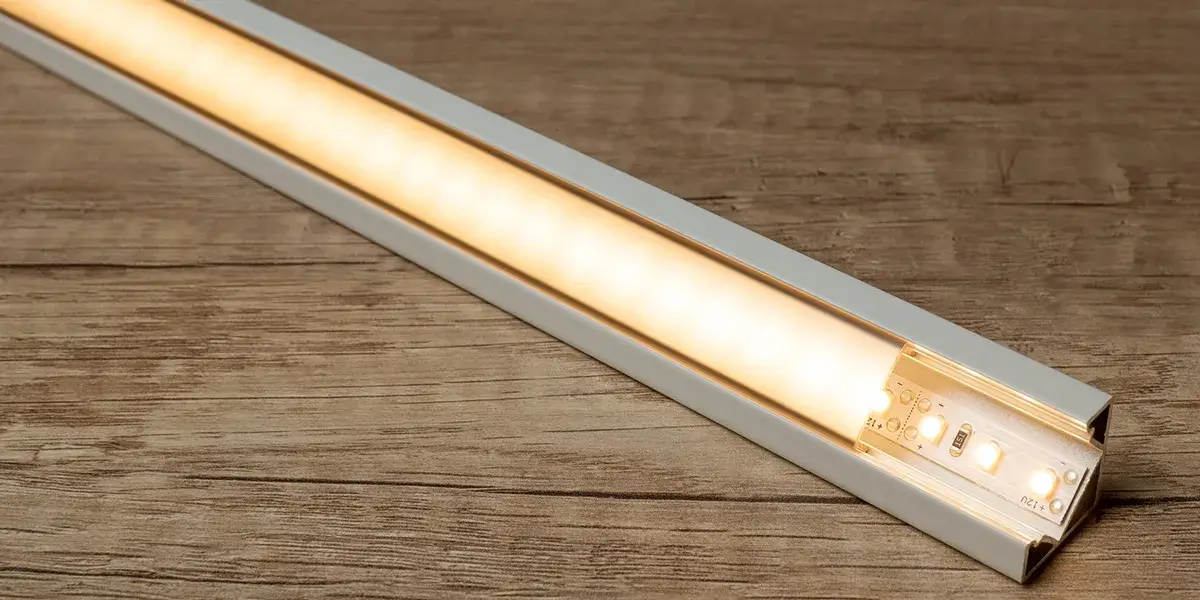
LED ışık şeritleri ısı üretir ve yetersiz ısı dağılımı, ışık çıkışı ve ömrünün azalması gibi başka sorunlara yol açabilir. Bunun nedeni, aşırı ısının LED çiplerine zarar vererek ışık bozulmasına, karartmaya ve hızlandırılmış yaşlanmaya neden olmasıdır. Bu sorun, özellikle havalandırması kötü olan, kapalı alanlarda, yüksek sıcaklıkta veya ısıya duyarlı malzemelere ışık şeritleri yerleştirildiğinde ciddidir.
İyileştirme Önerileri: LED ışık şeritlerinin uzun ömürlü olmasını sağlamak için yeterli ısı dağılımı gereklidir. Doğru kurulumu sağlayın ve iyi havalandırma ve uygun çalışma sıcaklıklarını koruyun. LED alüminyum kanallar Etkili ısı dağılımı için. Isı kaynaklarının yanına LED ışık şeritleri yerleştirmekten kaçının. Ek olarak, daha kalın PCB substratları (4 oz., tipik olarak 1-2 oz.) veya UL/ETL sertifikasına sahip olanlar gibi yüksek kaliteli veya sertifikalı ürünler kullanarak bunu ele alabilirsiniz. LED şeritlerin termal ölçümleri için lütfen makaleyi okuyun: LED şeritlerin termal ölçümleri.
Mavi ışık tehlikeleri
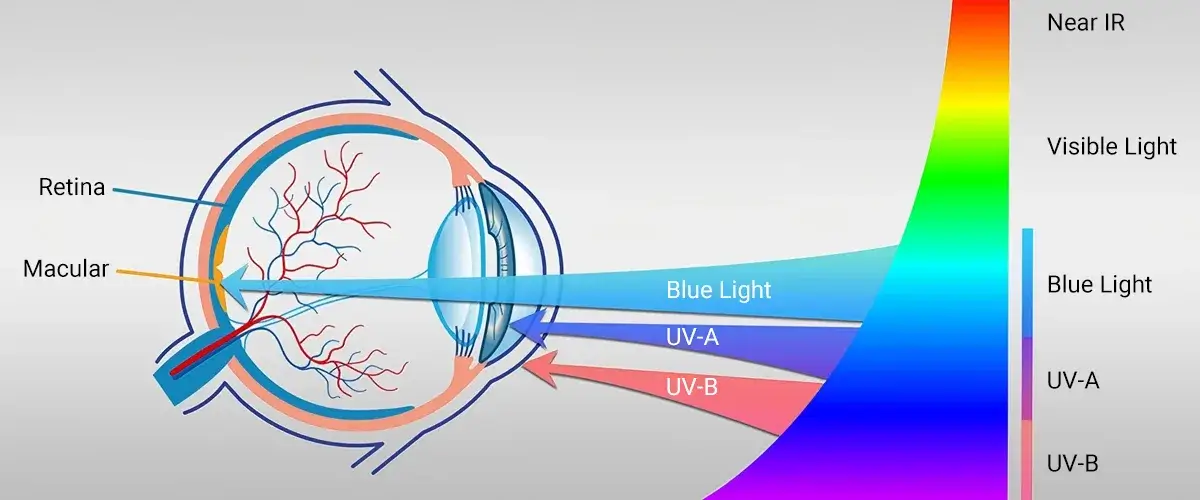
Daha yüksek renk sıcaklıklarına sahip bazı LED ışık şeritleri (çoğunlukla soğuk beyaz LED'ler) mavi ışık yayar. "Yüksek enerjili kısa dalga boylu mavi ışık" olarak da bilinen mavi ışık, 400 ila 480 nanometre arasında bir dalga boyuna sahip, nispeten yüksek yoğunlukta bir ışık huzmesidir. Mavi ışık, retinada fotokimyasal hasara neden olabilir ve ayrıca cildin maküler dejenerasyonuna neden olabilir. Özellikle geceleri mavi ışığa uzun süre maruz kalmak uykuyu bozabilir ve göz yorgunluğuna neden olabilir.
Aslında, hemen hemen her tür LED aydınlatma armatürleri bu sorunla karşı karşıyadır. Mavi ışık tehlikelerinin birincil nedeni, mavi ışık yoğunluğunun renk sıcaklığına göre değişmesidir. Mavi ışık yoğunluğu renk sıcaklığı ile doğru orantılıdır. Renk sıcaklığı ne kadar yüksek olursa, mavi ışık tehlikesi o kadar büyük olur.
İyileştirme Önerileri: Renk sıcaklığını kontrol etmek, mavi ışık tehlikelerini azaltmak için uygun yöntemlerden biridir. Bu amaçla, daha düşük mavi ışık radyasyonu (4000K'nın altında bir renk sıcaklığı olanlar gibi) olan LED ışık şeritlerini seçebilir veya orta derecede kullanabilirsiniz. Özellikle geceleri uzun süreler harcadığınız alanlarda, ayrıca sıcak tonlu aydınlatma çözümlerini de kullanabilirsiniz.
Renk Tutarlılığı
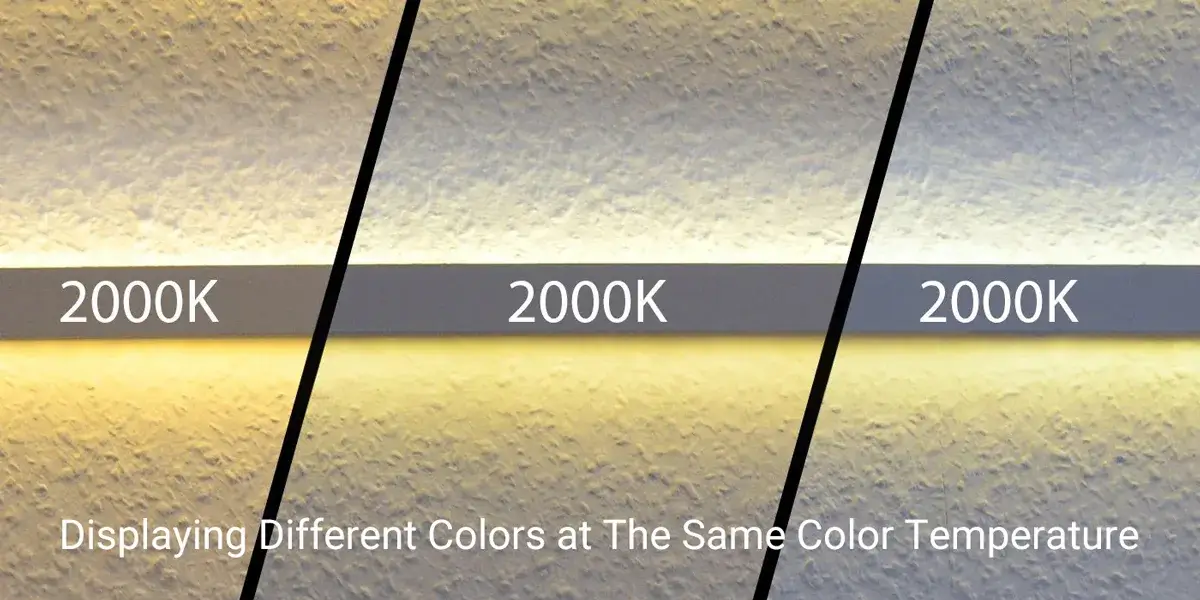
Düşük uçlu LED ışık şeritleri, partiler arasında önemli renk sıcaklığı sapmaları veya tutarsız renk tonları veya hatta tek bir şerit içinde renk kaymaları sergileyebilir. Bunun nedeni, üretim sırasında renk sıcaklığında ciltleme ve renk oluşturma testleri üzerinde sıkı kontrolden yoksun üreticilerdir. Partiler arasındaki talaş ve fosfor gibi hammaddelerdeki farklılıklar, kararsız renk oluşturma performansına yol açar. Bu nedenle, birden fazla şerit birlikte kullanıldığında, bu farklılıklar daha belirgin hale gelir. Ek olarak, düşük renk oluşturma indekslerine sahip LED ışık şeritleri, ışıklarla aydınlatılan nesnelerin renkte yanlış görünmesine neden olabilir.
İyileştirme Önerileri: İyi CRI derecelendirmeleri, düşük SDCM değerleri, geniş ürün yelpazesi, OEM seçenekleri veya projenize özel özel çözümler gibi saygın LED şerit üreticilerinden güvenilir, yüksek kaliteli ve sertifikalı ürünler seçin.
SDCM çok önemli bir metriktir. SDCM (renk eşleştirmenin standart sapması) değeri ne kadar düşükse, renk tutarlılığı o kadar iyi olur. Bir proje için tedarik ederken, renk sıcaklığı ve CRI gibi parametrelerin tüm partilerde gereksinimleri karşıladığından emin olmak için karşılaştırma için birden fazla numune grubu test edilmelidir. SDCM hakkında daha fazla bilgi için blogu okuyun: LED Şerit Işıklar için SDCM Hakkında Her Şey.
Karartma Uyumluluğu
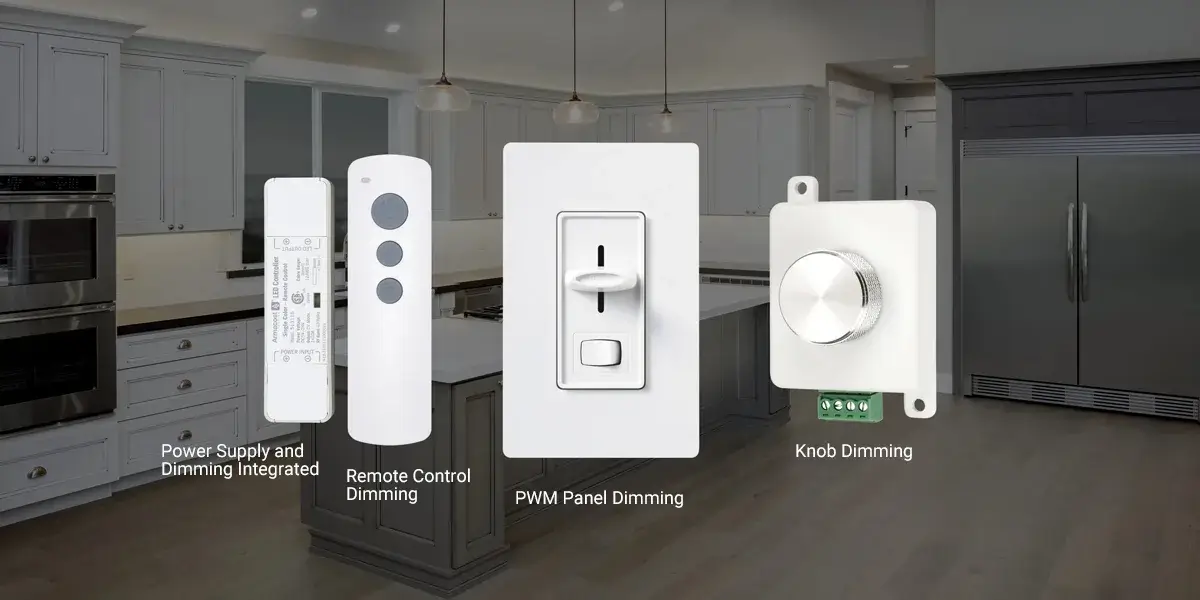
Tipik olarak, LED ışık şeritleri, düzgün çalışması için uyumlu güç kaynakları ve dimmerler veya kontrolörler gerektirir. Uyumsuz veya yetersiz güç kaynakları veya dimmerler/kontrolörler titremeye, ömrünün kısalmasına ve hatta LED ışık şeritlerinde hasara neden olabilir. Örneğin, bazı RGB ve çift renkli sıcaklık ışık şeritleri, standart dimmerler ile uyumsuzdur ve bu da tutarsız kontrol veya arıza ile sonuçlanır. Bunun nedeni, farklı üreticilerin LED şeritlerinin ve dimmerlerinin farklı kontrol protokolleri ve sinyal standartları kullanmaları, bunların düzgün bir şekilde iletişim kurmalarını ve birlikte çalışmalarını engeller.
İyileştirme Önerileri: KULLANIM Endüstriyel sınıf kontrol sistemleri DMX, DALI veya 0-10V gibi.Bu protokoller, ışık şeritleri ve dimmerler arasında güvenilir iletişim sağlayan iyi bir uyumluluk ve kararlılık sunar. Proje uygulamasından önce, uygun karartma kontrol işlevselliği sağlamak için ışık şeritleri ve dimmerler üzerinde uyumluluk testi yapın. Gerekirse, bir aydınlatma uzmanına danışın.
Özel kurulumların karmaşıklığı

LED ışık şeritlerinin yapışkan destekleri ve esneklikleri nedeniyle kurulumu kolay olsa da, özellikle özel kurulum projelerinde gerçek durum daha karmaşık olabilir. Güç kaynaklarının ve kabloların yanlış eşleşmesi, performans sorunlarına veya hasara yol açabilir. Özel kurulum projelerinde, LED ışık şeritleri, uyumlu dimmerler ve güç kaynakları için kesme, lehimleme ve kablolama gerektirebilir. Elektrik deneyimi olmayanlar için bu, genel maliyetleri artıran profesyonel kurulum gerektirebilir.
İyileştirme Önerileri: İlk olarak, güç kaynağının LED şerit ışıklarının voltaj ve güç gereksinimlerini karşıladığından emin olun. İkincisi, kullanabilirsiniz LED Şerit Işık Konnektörleri Bağlantıları basitleştirmek için bu bağlantı noktalarının lehimlenmesi için gereken süre ve çabayı azaltın. Son olarak, meraklılar için bir elektrikçi, LED montajcı, entegratör veya yükleniciden profesyonel yardıma ihtiyacınız olacak. Bu, güvenlik, güvenilirlik ve doğru kurulum sağlar.
Daha fazlasını öğrenmek ve bunları kendiniz kurmak istiyorsanız, aşağıdaki ilgili blogları okuyun:
LED Şerit Işıkların Nasıl Kablolanacağına Dair Eksiksiz Bir Kılavuz
Birden Fazla LED Şerit Işığı Bağlayabilir misiniz?
LED Şerit Işıkları Güç Kaynağına Bağlamanın Yolları
yapışkan dayanıklılık
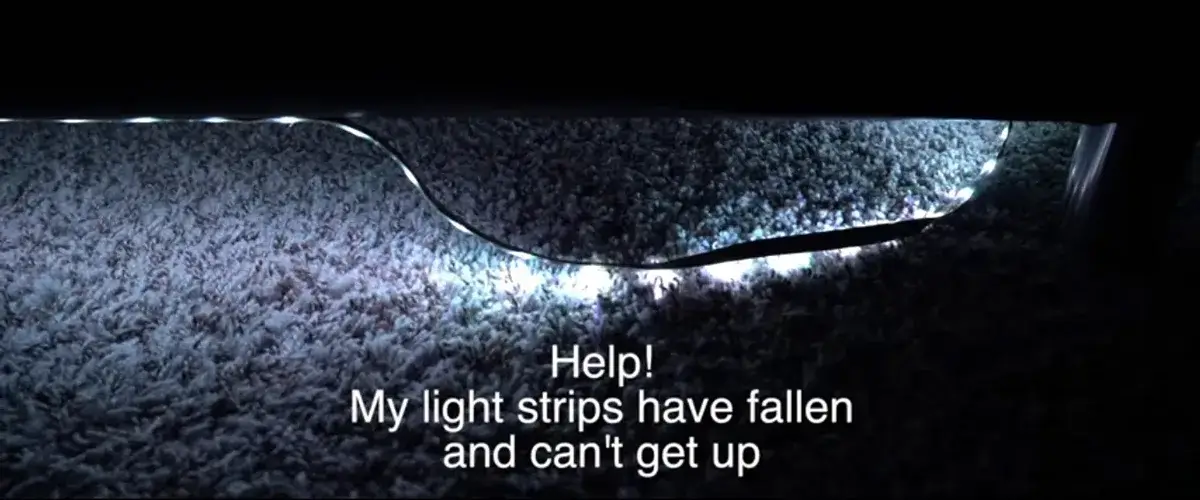
LED ışık şeritleri üzerindeki yapışkan destek, özellikle yüksek sıcaklık, tozlu/nemli ortamlarda veya pürüzlü yüzeylerde zamanla bozulur, bu da arızaya ve ışık şeritlerinin ayrılmasına neden olur. Bu sadece aydınlatma performansını etkilemekle kalmaz, aynı zamanda güvenlik riskleri de oluşturur. Ek olarak, standart köpük yapıştırıcılar, uzun süreli kullanım taleplerini karşılamayan sınırlı yapışma ve dayanıklılığa sahiptir. Ayrıca, birçok düşük maliyetli, düşük kaliteli LED ışık şeritleri, maliyetleri azaltmak için genellikle daha düşük yapışkanlı destek kullanır.
İyileştirme Önerileri: Kullanmaya ek olarak Endüstriyel sınıf VHB bant, klips ve braketler gibi yardımcı kurulum yöntemleri benimsenebilir. Klipsler ve braketler, ek tutma kuvveti sağlayarak, ışık şeridinin zorlu ortamlarda bile güvenli bir şekilde takılmasını sağlar. Kurulumdan önce, kurulum yüzeyi, yapıştırıcının yapıştırma mukavemetini artıracak şekilde düz ve kuru olmasını sağlamak için temizlenmeli ve hazırlanmalıdır. Uygun yapışkan desteğin seçilmesine ilişkin rehberlik için lütfen bloga bakın: LED şerit ışıklar için en iyi çift taraflı yapışkan bant nedir?
Uzun mesafeli voltaj düşüşü

LED ışık şeritleri tek uçlu bir güç kaynağı ile 5 metreyi veya 10 metreyi aştığında, uçlar genel aydınlatma tekdüzeliğini ve estetik çekiciliği etkileyen gözle görülür bir kararma veya renk kayması sergileyebilir. Bunun nedeni, tellerin kendilerinin dirence sahip olması ve güç kaynağı mesafesi arttıkça, tellerdeki akım kaybının kademeli olarak artması, sonunda voltajın azalmasına neden olarak LED'lerin çalışmaması için yetersiz akıma neden olarak parlaklık azalmasına ve renk kaymasına yol açar.
İyileştirme Önerileri: LED şeridin her iki ucundan aynı anda güç sağlayan çift uçlu bir güç kaynağı kullanın, bu da kablo direncinden kaynaklanan voltaj düşüşünü etkili bir şekilde azaltabilir. Alternatif olarak, daha düşük dirençli telleri seçmek için tel ölçeri artırın, akım kaybını azaltın. Ek olarak, her 5 metrede bir güç enjekte etmek, şeridin tüm bölümlerinin kararlı voltaj ve akım almasını sağlamak için etkili bir çözümdür. Voltaj düşüşünün nedenleri ve çözümleri hakkında daha fazla bilgi için lütfen makaleyi okuyun: LED Şeritlerde Gerilim Düşümü: Nedenleri ve Çözümleri.
Sonuç: Kabul edin DRawbacks ve Cbir delik Reli yatkın Ssorun
Modern aydınlatmada yaygın olarak kullanılan bir ürün olarak LED şeritler, kusurları yoktur. Her zaman bazı dezavantajlar olsa da, onları kabul etmemiz gerekir çünkü bunları ele almanın her zaman yolları vardır. Bununla birlikte, LED ışık şeritlerinin avantajları dezavantajlardan çok daha ağır basar, bu nedenle aşırı derecede endişelenmenize gerek yoktur.
Bu makaleyi okuyarak, LED ışık şeritlerinin fiili kullanımı sırasında ortaya çıkabilecek sorunları ve bunların altında yatan nedenleri daha derinden anlıyorsunuz, bu da ticari projelerdeki riskleri azaltmamıza ve yetersiz parlaklık veya yeniden çalışma nedeniyle gecikmeler gibi sorunlardan kaçınmamıza yardımcı olabilir. LED şerit ışıkları kullanmakla ilgili başka sorularınız varsa, blogumuzu okuyabilirsiniz [LED Şerit Işıkları Yaygın Sorun ve Çözüm Kılavuzu] endişelerinizi giderip gidermediğini görmek için.
SignLited, yüksek güvenilirlik, yüksek tutarlılık sağlamayı taahhüt eder LED şerit ışık Ticari projeler için ürünler. İleri teknoloji, sıkı kalite kontrol ve kapsamlı satış sonrası hizmet ile projeleriniz için tam destek sunuyoruz. İdeal bir aydınlatma çözümü oluşturmak için işbirliği yapmak için mühendislik örnekleri veya ürün seçim önerileri için lütfen bizimle iletişime geçin.
